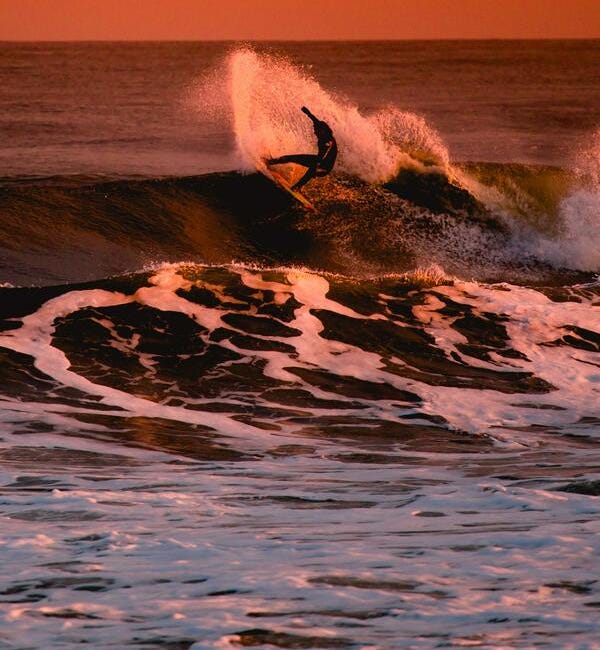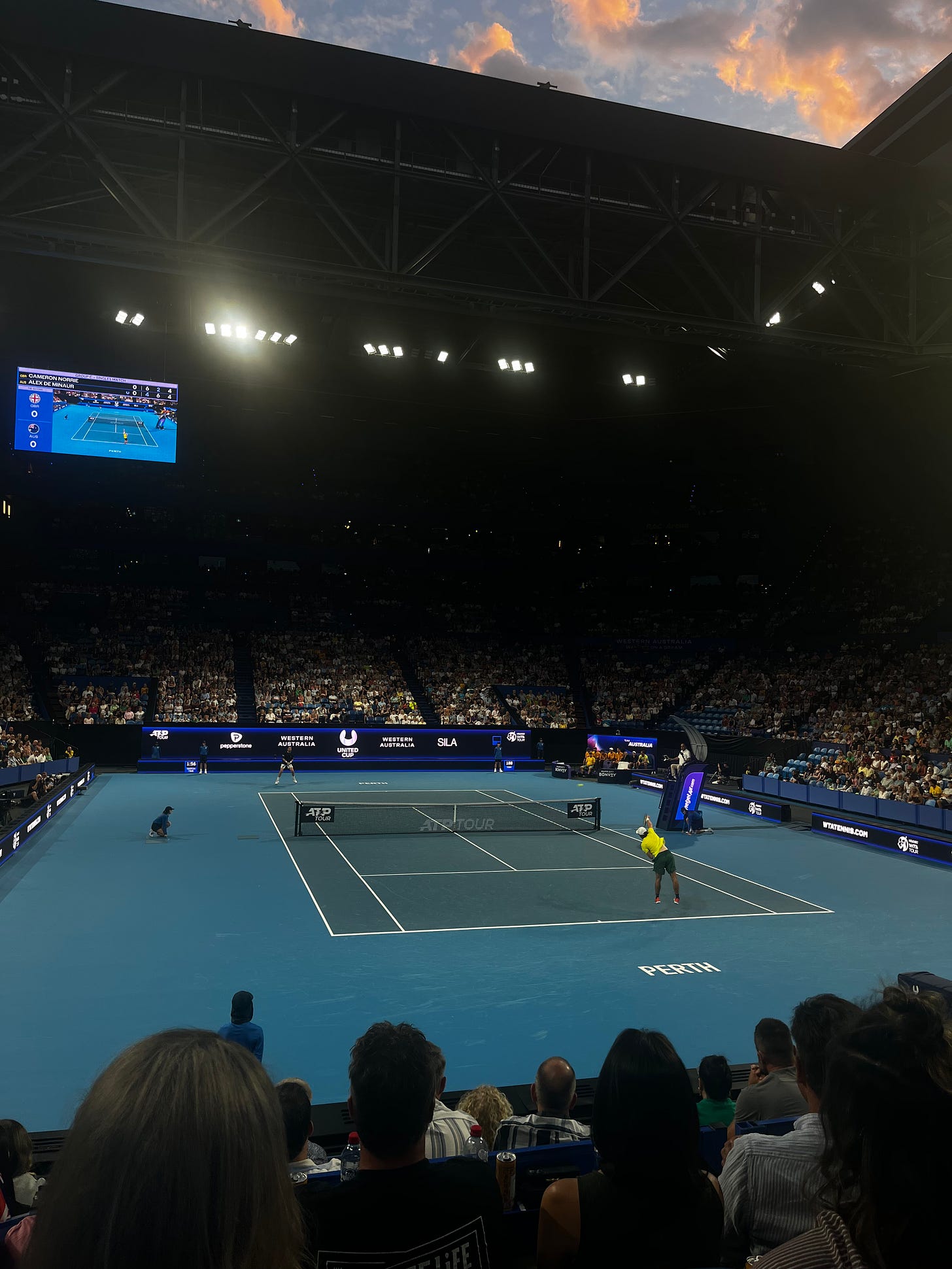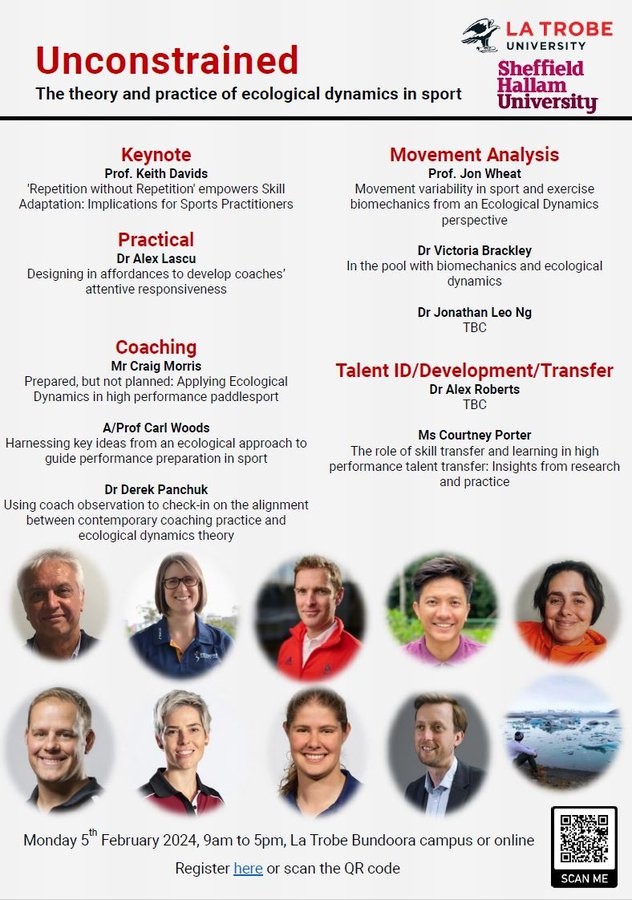I remember when physical literacy was starting to permeate everyday language and we started to realise that adults can't move their bodies in the ways that they did when they were children. There was this vivid advertising campaign on television in Australia where it showed someone walking in a park. A ball is hit towards them and rolls to their feet - they pick it up and throw it, terribly. Barely five metres, and nowhere near the child who has hit the ball towards them by accident.
I remember seeing that and thinking, I wonder if that scare tactic will work for everyone. I mean it obviously worked on me in some way because I still remember it, and there's no way I'll ever be able to find it again so you’ll just have to take my word for it this time. The idea that you could be incapable of doing something so mundane as throwing a ball as an adult haunted me.
That's all I ever wanted to achieve from any of my sporting endeavours, is to be able to at least do every sport that anyone ever signed me up for well enough to get by. A friend of mine describes it as “any sport, any time, anywhere”. I'd like to think that I've done that in my professional and learning capacity too, give me a sport, and a few hours to watch it and a someone to ask questions of, and I’ll hopefully know just enough to ask you the right questions to help continue your coaching journey.
It comes back to the idea that there is just enough knowledge about a concept to continue exploring. I don't need to know everything, I never will. I don't think it's possible to know everything in any context anyway. So all I need is to be able to maintain a correspondence with you about this sport. Given how much of my life has been spent in cricket, I can do that for a very long time, but I'd like to think that I have immersed myself for long enough in so many sporting contexts that I am not pigeonholed into just the colonial sport that we arbitrarily chose to reflect our character in Australia. I’ve written about the difference between knowledge about before:
Knowledge of and about the environment
This issue features: River Tiger Podcast - Planning for performance; being adaptive within performance with Craig Morris and Richard Seals. “You Look at an Ocean; I See the Rips, Hear the Waves, and Feel the Currents”: Dwelling and the Growth of Enskiled Inhabitant Knowledge - by Carl Woods and Keith Davids
I was very lucky to spend a lot of time at the tennis over the last two weeks as I watched Australia shine in the team event of the United Cup. Being able to sit in the crowd and watch an incredible display of athleticism, determination and skill can be appreciated by just about anyone, but I think it means more to me than most because I see it from such a layered lens. I don’t just see the game, the score, the context, or the way they move: I see how they interact with their team and coach on the sideline, the rhythm of the game, some of the tactics, subtle shifts in play, degrees of freedom in movement, unique affordances and action capabilities, how they use them etc (just to give you a glimpse into my brain).
Some of my favourite moments were sitting next to real tennis coaches and players, listening to the things that captured their attention compared to mine.
There was a particularly moment vivid moment when one of the athletes served with a round arm action compared to the typical straight lines that you would normally see in a tennis serve. The fact that it was so surprising made me curious. My first thought was that perhaps they had a previous shoulder injury that made them unable to lift their arm perfectly above their head, or it was a point of difference, which can often be difficult in a sport like tennis. So the fact that we are talking about might have been enough reinforcement early on in their career to maintain and adapt it. Make people think twice when they play against you.
There were also things that I genuinely couldn't see, and hearing the crowd being in the same position was hilarious. Being so far away from the court, I found it difficult to see top spin on the ball when particular shots were played, and it often looked like the ball was about to bounce out past the baseline, but fell perfectly before it as if by magic. When I watched a game with someone who had spent a lot of time in tennis, they said that they could see when the ball had top spin on it. Not just the shot that would impart top spin on the ball, but genuinely see the revolutions of the ball. To me, it was just a floating green thing being hit side to side.
I do find it fascinating that there are so many layers to a sport that you genuinely cannot even see with your own eyes, and we probably don't remain open to those moments by asking people what they experience or perceive. Most of the time, we can’t even really say what it is, until we mention something in conversation and the person next to you realises that’s not something they’ve noticed before. I need a regular dose of these moments, not just when discussing cricket but more so hearing them occur in others sports, making me re-search what I think might be happening.
It means that when I meet coaches and observe training and try to appreciate the learning environment beyond what I can see, I am more patient in the way I assess the situation. Rather than attributing a particular task or style or instruction or drill immediately, I’ve taught myself to take a breath instead. I remember learning about visual dominance effect in psychology:
The tendency for visual information to determine what is perceived when there is a conflict between the visual information and information from another sensory modality.
It takes a bit of effort, but I think it is worthwhile when you can refrain from just letting what you see dictate what’s happening. I love designing sessions that have desired outcomes across the senses - can I hear laughter, can I maybe smell sweat or ripped up grass, is there supportive touch like high fives, pats on the back etc.
This was the perfect reminder that we have so much to give in these sporting contexts when our worlds collide - someone described it as cross pollinating in sport, and that inspired me to spend more time collecting seeds of thought from other sports throughout 2024 to make sure I keep peeling back the curtain in as many contexts as possible.
In particular, now that I am in a role that includes coach development, I love the idea of hosting a symposium where we have the opportunity to present some of these layers that people don't necessarily see. In doing so, we can share how we go about inspiring and growing that knowledge and others. Less of a formal conference and more like those PowerPoint presentation party nights where people get up and talk about the things that they love for five minutes, or debate what type of chicken each of their friends would be...
Just being in the same room as people who are passionate about the same things that I am, but in completely different context is where I energise myself, so that the weight of my sport does not bring me down. In just a few weeks, I’ll be in Melbourne doing exactly this, with some of my favourite people in the world.
There are online, recording and in-person tickets available to this event - I cannot recommend the quality of speakers and topics highly enough! If you’re in Melbourne 🇦🇺, please help us fill the room! And if not, I cannot wait to hear what you think of the recordings 🧠






